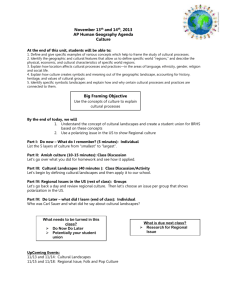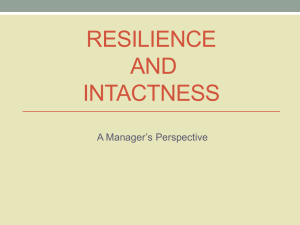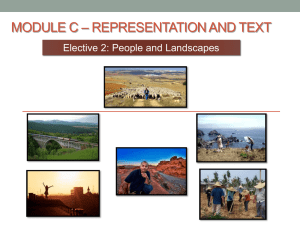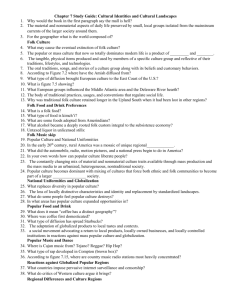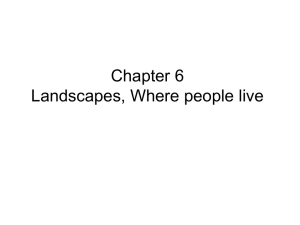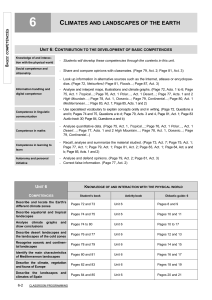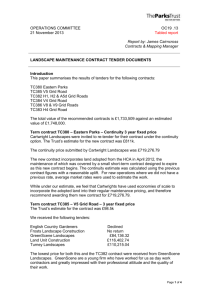BUILDING RESILIENT LANDSCAPES Socio
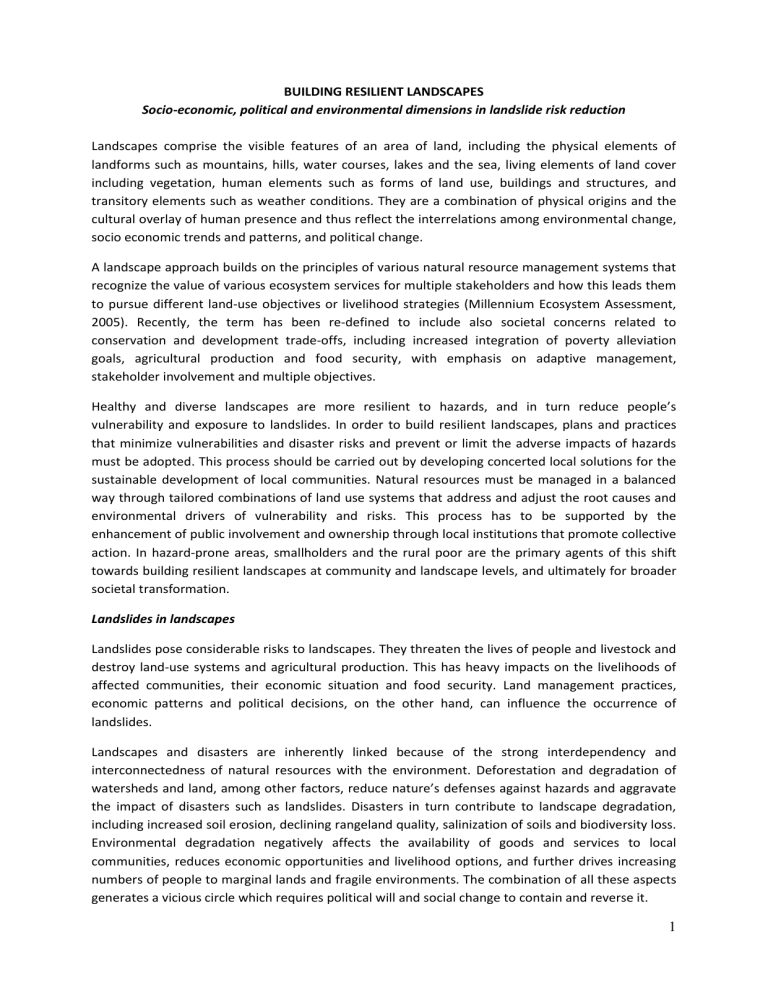
BUILDING RESILIENT LANDSCAPES
Socio-economic, political and environmental dimensions in landslide risk reduction
Landscapes comprise the visible features of an area of land, including the physical elements of landforms such as mountains, hills, water courses, lakes and the sea, living elements of land cover including vegetation, human elements such as forms of land use, buildings and structures, and transitory elements such as weather conditions. They are a combination of physical origins and the cultural overlay of human presence and thus reflect the interrelations among environmental change, socio economic trends and patterns, and political change.
A landscape approach builds on the principles of various natural resource management systems that recognize the value of various ecosystem services for multiple stakeholders and how this leads them to pursue different land-use objectives or livelihood strategies (Millennium Ecosystem Assessment,
2005). Recently, the term has been re-defined to include also societal concerns related to conservation and development trade‐offs, including increased integration of poverty alleviation goals, agricultural production and food security, with emphasis on adaptive management, stakeholder involvement and multiple objectives.
Healthy and diverse landscapes are more resilient to hazards, and in turn reduce people’s vulnerability and exposure to landslides. In order to build resilient landscapes, plans and practices that minimize vulnerabilities and disaster risks and prevent or limit the adverse impacts of hazards must be adopted. This process should be carried out by developing concerted local solutions for the sustainable development of local communities. Natural resources must be managed in a balanced way through tailored combinations of land use systems that address and adjust the root causes and environmental drivers of vulnerability and risks. This process has to be supported by the enhancement of public involvement and ownership through local institutions that promote collective action. In hazard-prone areas, smallholders and the rural poor are the primary agents of this shift towards building resilient landscapes at community and landscape levels, and ultimately for broader societal transformation.
Landslides in landscapes
Landslides pose considerable risks to landscapes. They threaten the lives of people and livestock and destroy land-use systems and agricultural production. This has heavy impacts on the livelihoods of affected communities, their economic situation and food security. Land management practices, economic patterns and political decisions, on the other hand, can influence the occurrence of landslides.
Landscapes and disasters are inherently linked because of the strong interdependency and interconnectedness of natural resources with the environment. Deforestation and degradation of watersheds and land, among other factors, reduce nature’s defenses against hazards and aggravate the impact of disasters such as landslides. Disasters in turn contribute to landscape degradation, including increased soil erosion, declining rangeland quality, salinization of soils and biodiversity loss.
Environmental degradation negatively affects the availability of goods and services to local communities, reduces economic opportunities and livelihood options, and further drives increasing numbers of people to marginal lands and fragile environments. The combination of all these aspects generates a vicious circle which requires political will and social change to contain and reverse it.
1
Disaster risk reduction (DRR) acts and plans on the three different variables that define landscapes: environment, economy and policy. It addresses all types of measures for natural disaster/landslide reduction, including measures to reduce the vulnerability of a given setting and limit the extent of damage after a shock as well as provide for efficient rehabilitation and reconstruction (FAO, 2012). It empowers communities to implement participatory/collaborative landscape planning and adaptive management to enhance community and ecosystem resilience and sustainability. Moreover it develops functional capacities and promotes institutional development as legal and political platforms that generate a systematic action in a cycle of prevention, response and recovery.
How do we build resilient landscapes?
Watershed management is one of the DRR tools to build resilient landscapes as the watershed is an ideal planning unit that includes the physical and biological features of an area as well as the institutions and people who influence it. Working at the watershed level makes it possible to organize spatially different land-uses and promote the implementation of suitable practices to correct inadequate land-use planning and tenure, therefore decreasing the vulnerability of communities exposed to hazards. It enables addressing upstream-downstream linkages such as landslides and, through an evolving “research and action” process, it combines adapted land-use systems and adequate natural resource management (NRM) with people’s livelihood diversification in a cohesive way.
The session will address the following questions:
What other approaches (and measures) can minimize vulnerabilities and disaster risks and prevent or limit the adverse impacts of hazards with particular reference to landslides?
Is inter-ministerial cooperation enough to build healthy and diversified landscapes that decrease people’s vulnerability to natural hazards/landslides?
What are good examples and lessons learned of building landslide-resilient landscapes?
2
